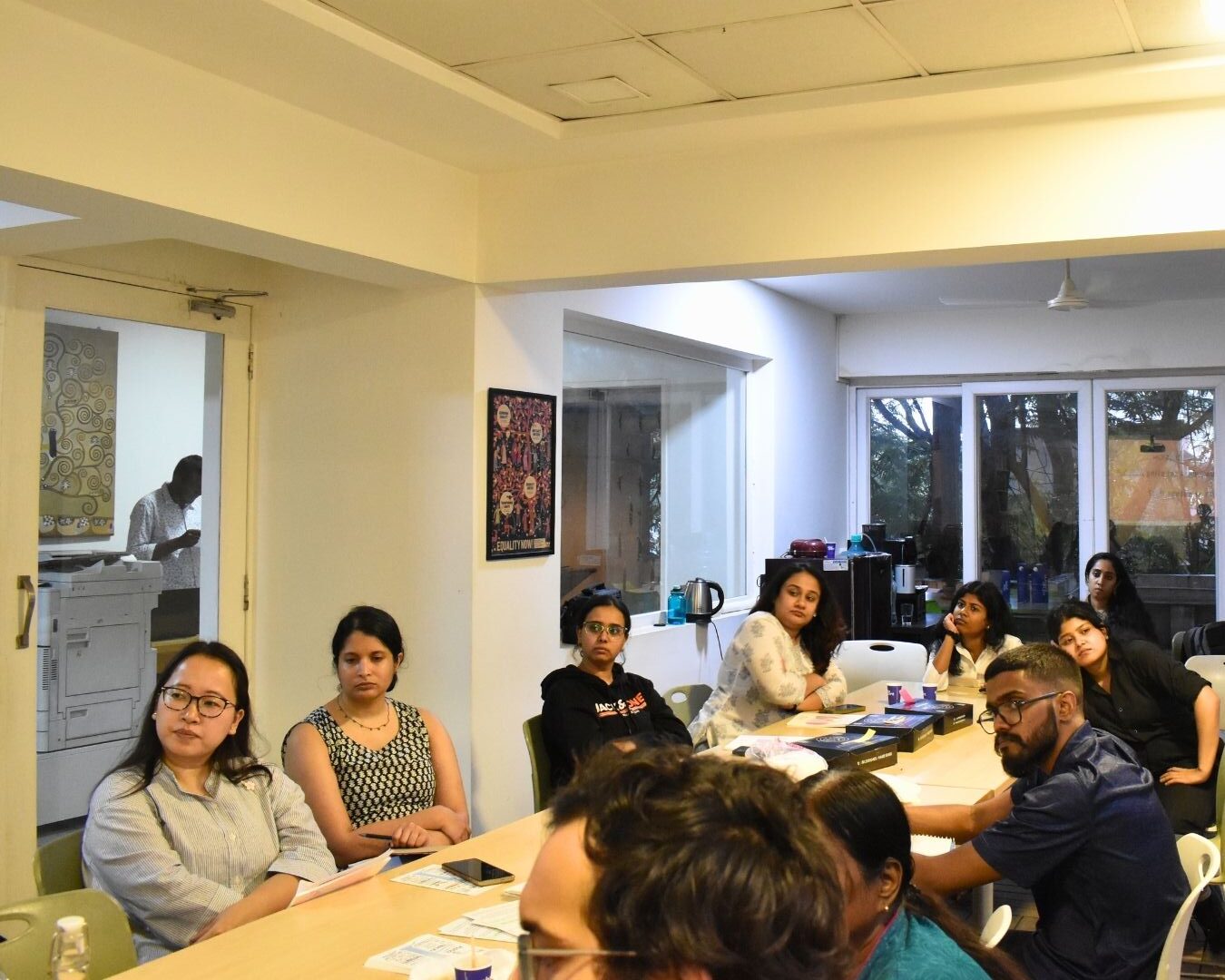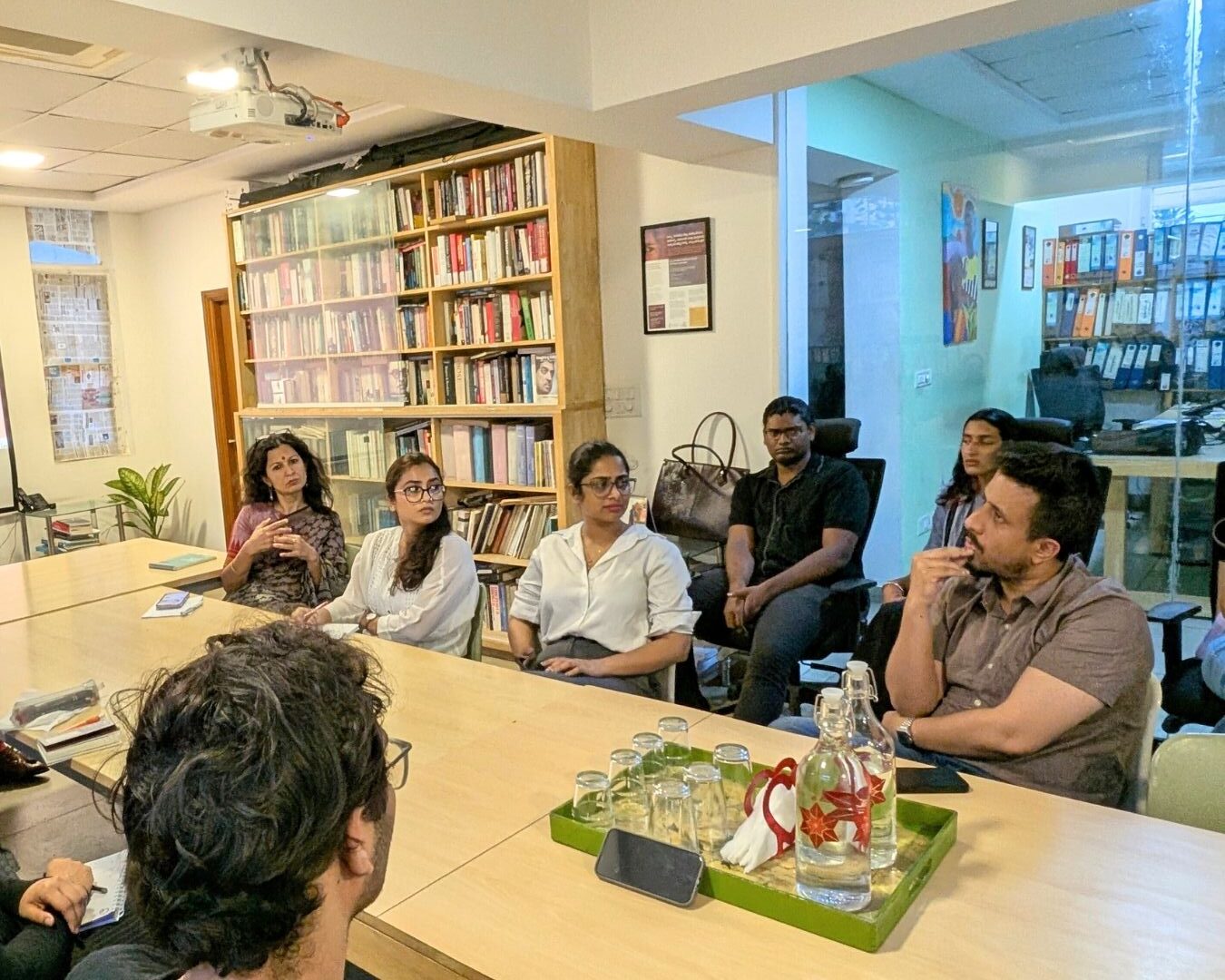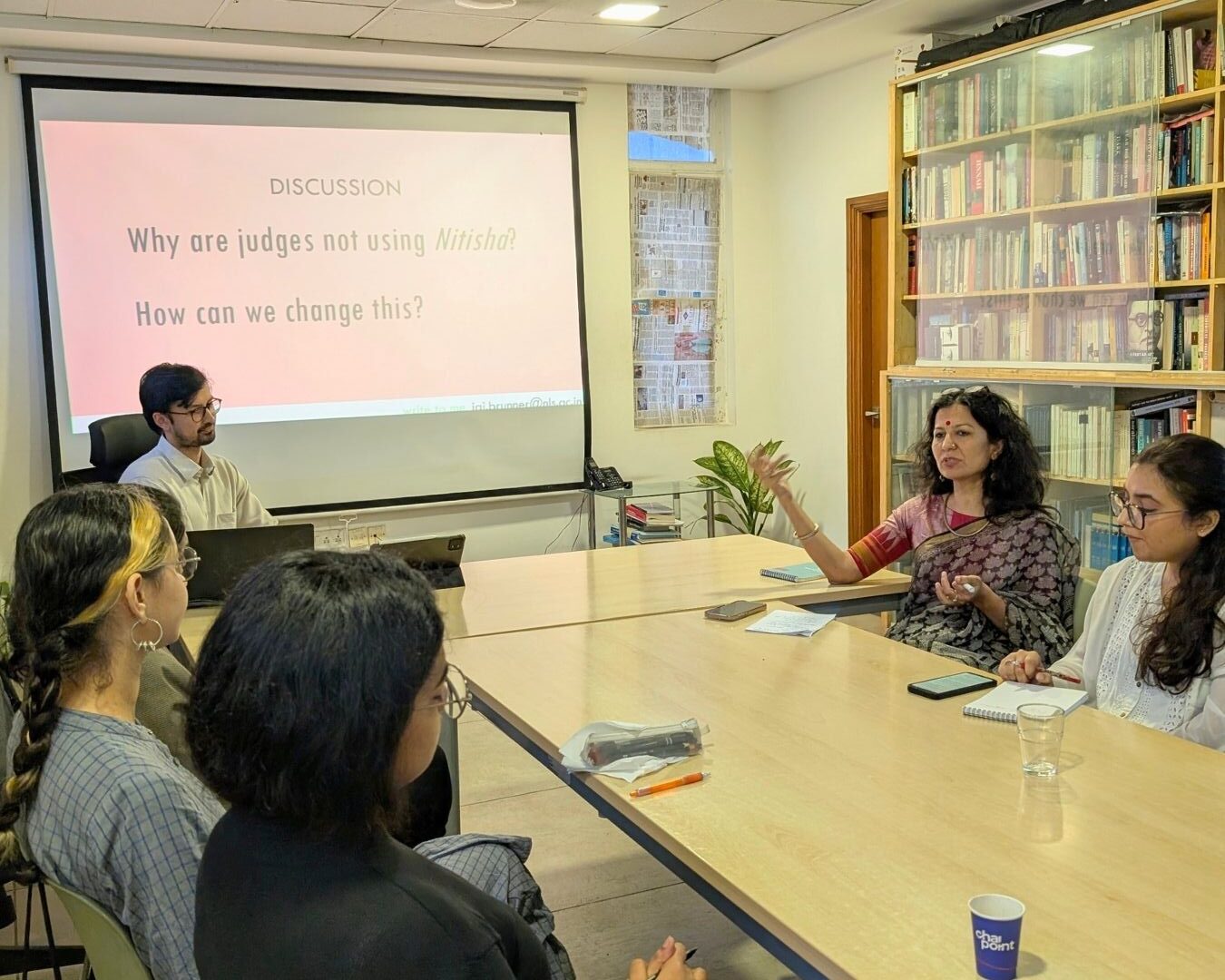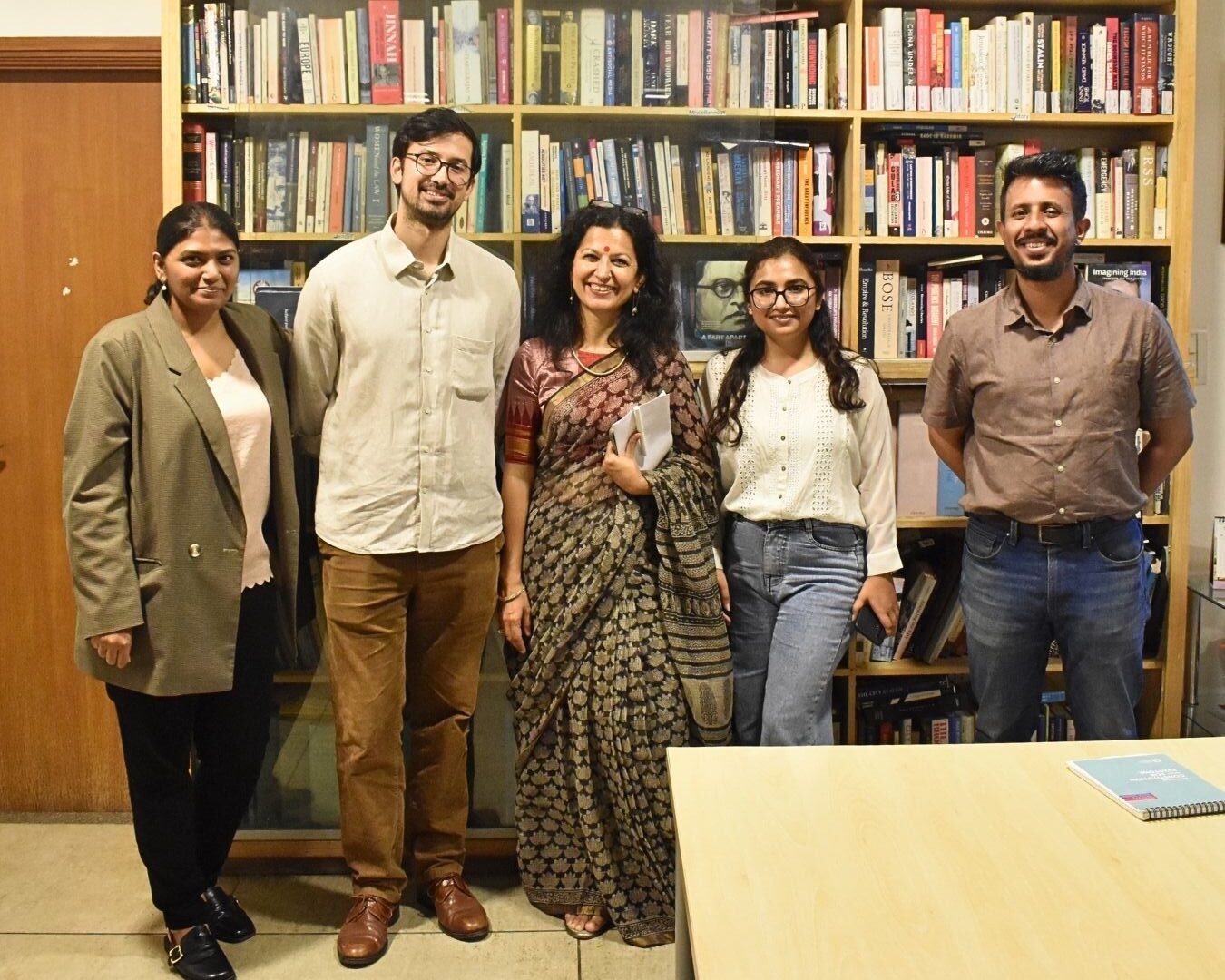On 19th September, 2025 a discussion on “Indirect Discrimination After Nitisha: Where Do We Stand?” by Asst. Prof. Jai Brunner from NLSIU, Bengaluru was held at the Centre for Law and Policy Research (CLPR). The session examined the Supreme Court’s landmark decision in Nitisha v. Union of India (2021) and looked at how Indian courts utilized the indirect discrimination doctrine over the years.
The Court recognized in Nitisha that discrimination doesn’t always need to be driven by malice. Instead, it can arise from deep prejudices, rules that appear neutral, or unconscious bias that discriminates against certain groups of people. The decision highlighted that courts must assess whether laws or policies reinforce or exacerbate existing disparities, and that evidence of such discrimination need not be purely statistical.

Despite its significance Prof. Brunner emphasised that Nitisha has been applied inconsistently in subsequent cases. Both former Chief Justice D.Y. Chandrachud and Justice Ravindra Bhat and have cited the decision in later Supreme Court rulings, like the Janhit Abhiyan vs Union Of India (2020). As shown by the cases of Athira P. v. State of Kerala (2025) on maternity leave and Afsana Anjum Babu v. J&K (2023) regarding height requirements, high courts have referred to the doctrine of indirect discrimination but failed to apply the test. However, cases like the Aishat Shifa vs The State Of Karnataka (2022) and Tarvinder Singh & Anr. vs Jagdeep Singh Kahlon & Ors. (2024) have revealed the judiciary’s lack of willingness to distinctly frame conflicts in terms of indirect discrimination.

The conversation also pointed out several difficulties in putting the doctrine into practice. Indian courts have not consistently understood or applied the Nitisha test, which is based on Canadian jurisprudence. Even though the ruling made it clear that indirect discrimination does not have to be demonstrated exclusively by statistical evidence, there is still some ambiguity surrounding the evidentiary requirements. More generally, the doctrine’s transformative potential is limited by the conflict between formal and substantive equality that still influences judicial reasoning under Articles 14 and 15.

The event concluded with an interactive exchange, where participants raised questions about the evidentiary standards for proving indirect discrimination, the possibilities of applying the doctrine beyond gender, caste, disability, and religion, and the role of comparative constitutional law in enriching Indian equality jurisprudence. Jayna Kothari, Senior Advocate and Executive Director at CLPR, observed that while Nitisha opened the door to recognising structural disadvantage, courts have yet to develop a consistent approach to applying the doctrine in practice. She emphasised that building a body of cases across different grounds of discrimination would be crucial for strengthening substantive equality jurisprudence in India.

Prof. Brunner’s discussion highlighted both the promise and the limitations of Nitisha. While it provides a valuable framework for addressing systemic disadvantage, its future will depend on whether courts are willing to move beyond formal equality and meaningfully apply the substantive equality through this doctrine.

